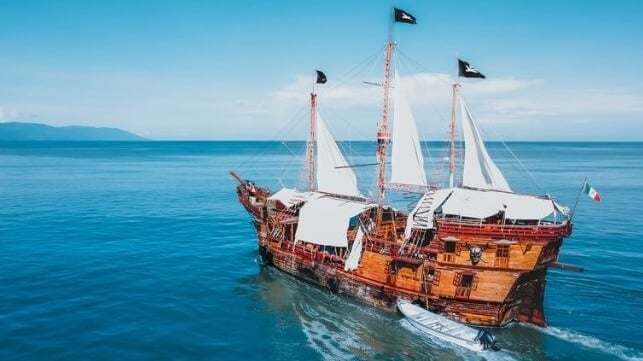With feeder shipping market showing significant growth opportunities, Saudi Arabia is projected to capture a larger share of the business by 2030. This analysis is contained in a new report by the management consultancy firm Arthur D. Little, which reveals emerging opportunities in the feeder shipping segment. The sector accounts for the short sea, last-leg or regional journeys, which use small-size feeder vessels (with less than 3,000 TEU capacity).
Due to factors such as location and port investments, regions such as the Middle East are poised to lead in feeder shipping. With the feeder market projected to reach $451 billion in revenue by 2030, the Middle East region will represent a significant portion of this surge. Currently, the feeder market in the Middle East, East Africa, Turkey and South Asia is worth $8 billion.
The report suggests that Saudi Arabia is positioned to benefit, thanks to government policies aimed at diversifying the economy. Saudi Arabia is positioned to capture up to 45 percent of Red Sea and 35 percent of Gulf feeder trade, as the regional container volumes are expected to reach 41 million TEU by 2030.
This has seen Saudi Arabia invest in a new shipping line, Folk Maritime. The company, owned by the Saudi Public Investment Fund (PIF), targets feeder shipping in the Red Sea and the Arabian Gulf regions. Last month, the shipping firm celebrated acquisition of its second container ship, MV Folk Jazan. Built in 2008, the vessel has capacity for 2,015 TEUs. The vessel will be operating out of Jeddah Islamic port and on the company’s routes across the Red Sea and the Arabian Gulf.
“Saudi Arabia sits at the intersection of macroeconomic shifts in global trade, regional port infrastructure growth, and heightened investor appetite for logistics assets. Its ability to combine geographic proximity to high-growth corridors with government-backed investment strategies creates a uniquely scalable feeder shipping environment that few markets can match,” said Paolo Carlomagno, Partner at Arthur D. Little.
Source: www.maritime-executive.com









